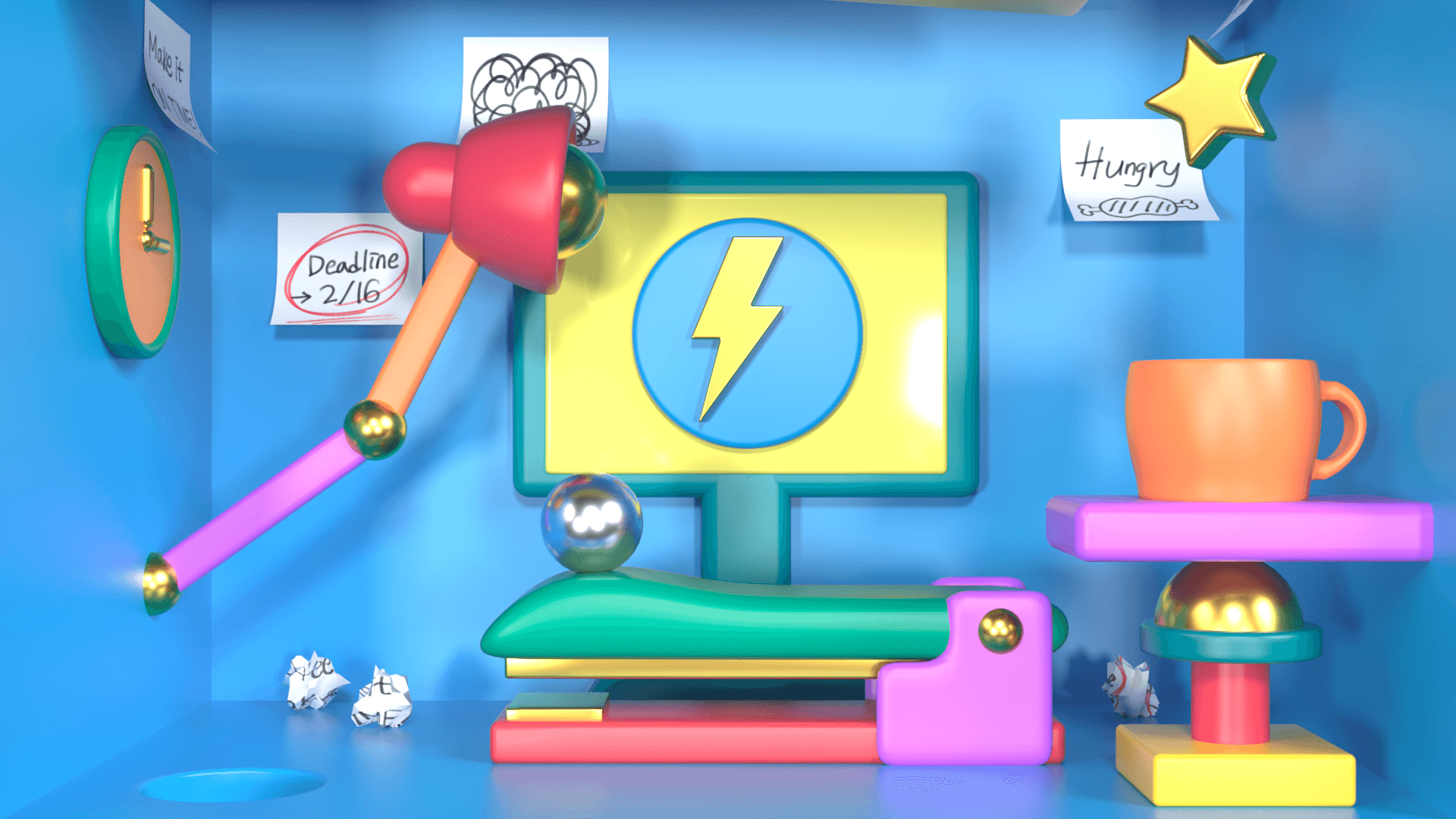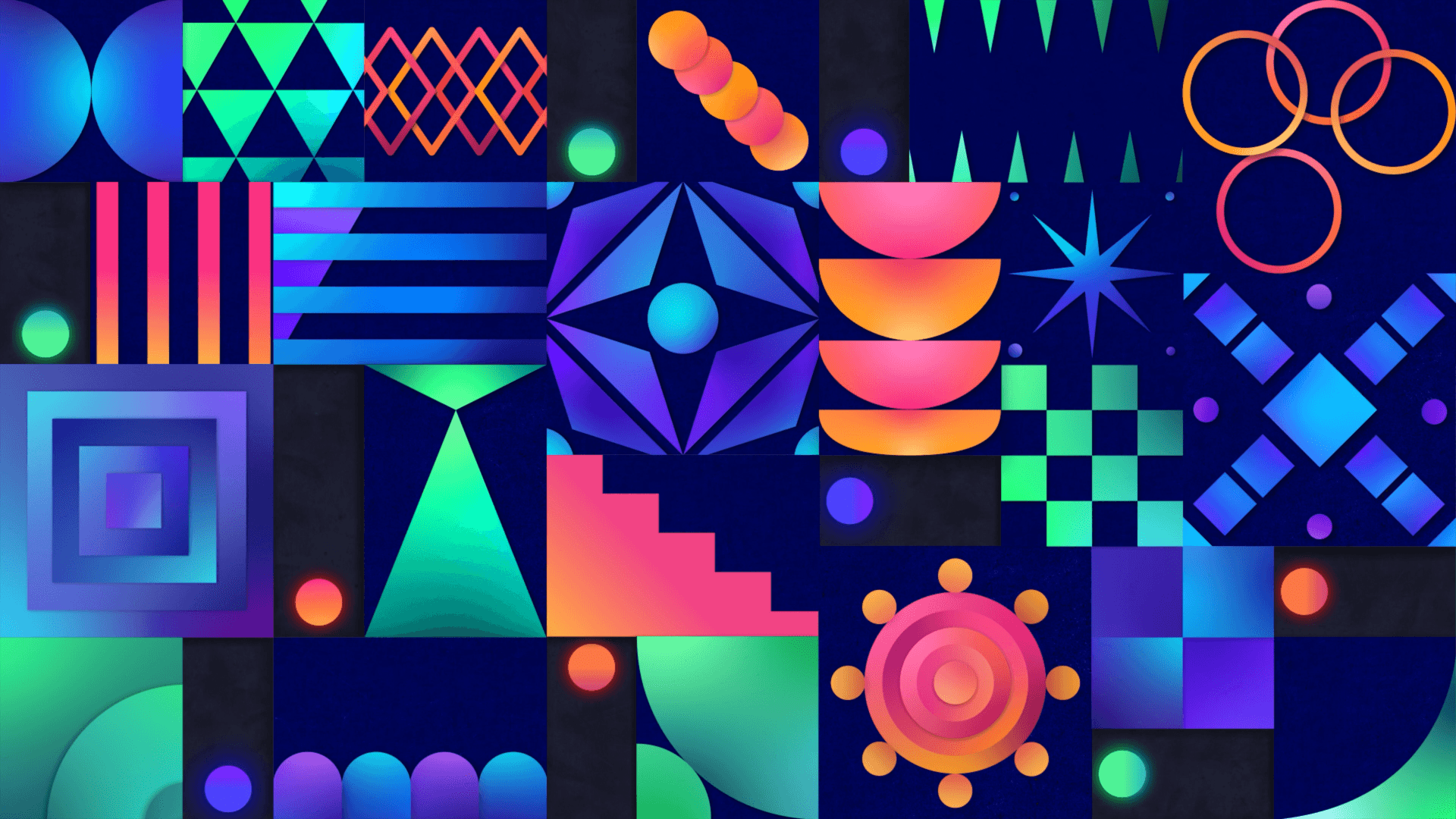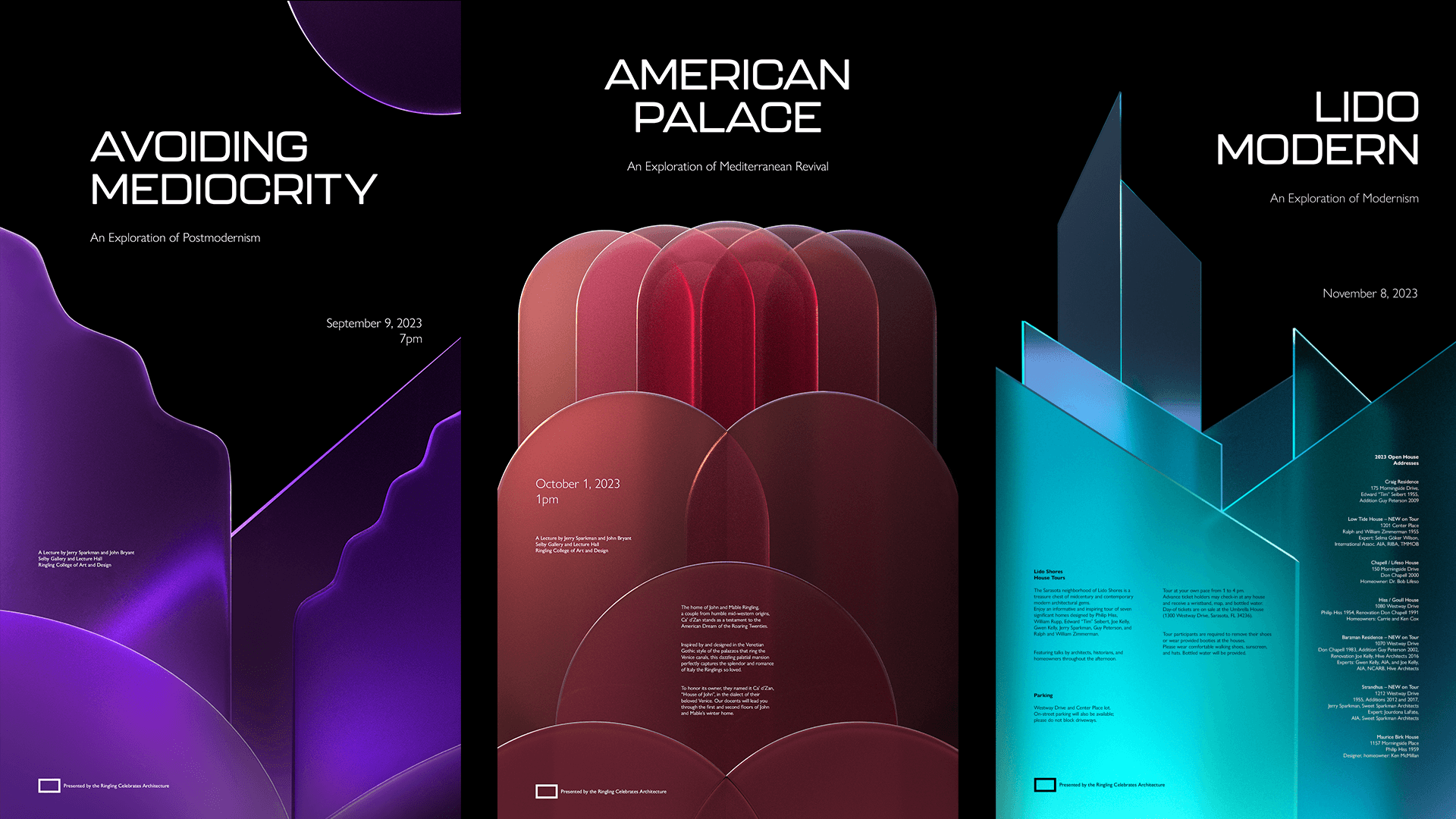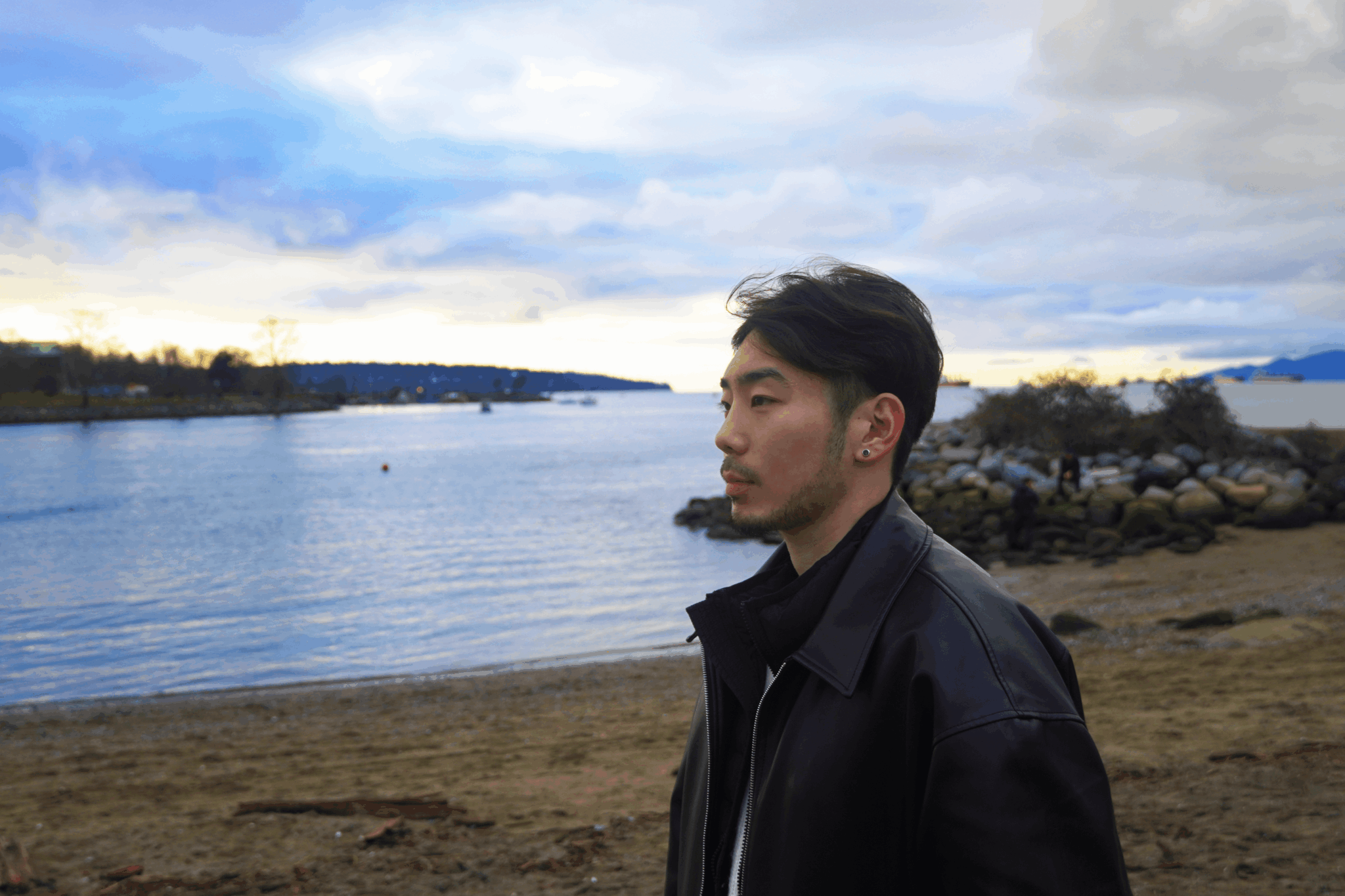Alright – so today we’ve got the honor of introducing you to Jason Heo. We think you’ll enjoy our conversation, we’ve shared it below.
Hi Jason , thanks for joining us today. We’d love to hear about a project that you’ve worked on that’s meant a lot to you.
One of the most meaningful projects I’ve worked on was my senior thesis, titled “Who Am I?” back in college.
Throughout my life, I’ve often found myself navigating different social groups. I’ve always had a personality that easily blends into various atmospheres and cultures. However, over time, I realized that people often saw only one version of me based on what I showed them in a specific context. This made me think: How many different versions of “me” exist? And are they all me?
From that question, I developed the concept for my thesis. I wanted to explore this idea in a creative and lighthearted way, without taking myself too seriously. I decided to use different drinks as symbolic representations of the various sides of my personality—each one reflecting a different flavor, tone, or energy I carry. The piece concludes with a moment of self-acceptance, recognizing that even though I have many different traits, they’re all part of who I am. And that’s something worth embracing, not stressing over.
What made this project even more special was how personal it felt—not just to me, but to others who watched it. Even though the idea stemmed from my own experiences, it resonated with a lot of people. We all have moments where we’re perceived differently depending on where we are or who we’re with, and I wanted to highlight that in a fun, accessible way.
Of course, the piece is full of bold color and expressive movement (very on-brand for me), and one of my favorite touches was having my friends do the voiceovers. Their involvement made the project feel even more real, grounded, and connected to the people who’ve been part of my journey.

Great, appreciate you sharing that with us. Before we ask you to share more of your insights, can you take a moment to introduce yourself and how you got to where you are today to our readers.
My creative journey started long before I even knew what “motion design” was. Growing up, I was always making something—drawing cartoons with full storylines, editing videos of family trips and hangouts with friends, even creating fake movie trailers using Windows Movie Maker (classic!). I loved experimenting with different mediums, from animation to sound design, but I never thought of it as a career path because everything felt disconnected.
That changed when I discovered the Motion Design program at Ringling College. It was the first time I saw all the things I loved—storytelling, design, animation, and sound—come together into one field. From there, it all started to make sense. As I dove deeper into my studies and built my portfolio, I realized how much I loved the entire process: shaping narratives, designing and animating in both 2D and 3D, color grading, and layering sound to bring a scene to life. Every step of it keeps me engaged and creatively fulfilled.
If I had to describe my style, I’d say my work is colorful, playful, and full of energy. I love using motion and color to express the mood and feeling, even if it’s just abstract shapes bouncing around the screen. You don’t always need a face to give something soul, and I enjoy that challenge.
Behind that energy is a careful focus on every piece. My biggest strength as a motion designer is my precision and care in how I build every element. I care deeply about pacing, color choices, storytelling flow, and motion variety. Sometimes I get really into the little things (maybe too into them!), but that extra care always elevates the work. As long as I meet the deadline, I never regret being meticulous. In fact, I’m proud of it.

Any resources you can share with us that might be helpful to other creatives?
Looking back, I wish I had realized how valuable a support system is—especially when pursuing a creative career internationally. Back in college, I focused primarily on building my portfolio and completing assignments, thinking that was all I needed to succeed. However, once I stepped into the real world, I quickly realized there was so much more to navigate: understanding visa options, figuring out which studios offer sponsorship, and positioning myself globally as a designer.
At the time, I thought I had to figure everything out on my own. But connecting with mentors, peers, or creative communities would’ve made that transition much smoother. Whether through alumni networks, online forums, or local meetups, having people to turn to—especially those who’ve been through similar experiences—can provide not only practical advice but also emotional support. It helps you grow faster, feel more grounded, and reminds you that you’re not alone in the process.

What’s a lesson you had to unlearn and what’s the backstory?
One lesson I had to unlearn was the idea that everything needed to be perfectly planned before moving forward. Early on, I was focused on getting everything “just right”—whether it was building the perfect portfolio before applying to jobs or waiting for the ideal opportunity to show up. In doing so, I overlooked the importance of simply starting and learning along the way.
When I faced real-world setbacks, like struggling to land a design role after graduation or navigating unexpected transitions, I realized that things often don’t go according to plan. I came to understand how important it is to stay flexible and embrace the unpredictability of life. Learning to be okay with the unknown has helped me move forward with more resilience and clarity.
Now, I see that if I stay consistent, keep improving my work, and maintain a flexible mindset, opportunities will follow. So, I remind myself not to stress about the process and trust that progress comes with time.
Contact Info:
- Website: https://jasonheo.me/
- Instagram: https://www.instagram.com/jayhmotion
- Linkedin: https://www.linkedin.com/in/jason-heo-b35446232/


Image Credits
Jason Heo


